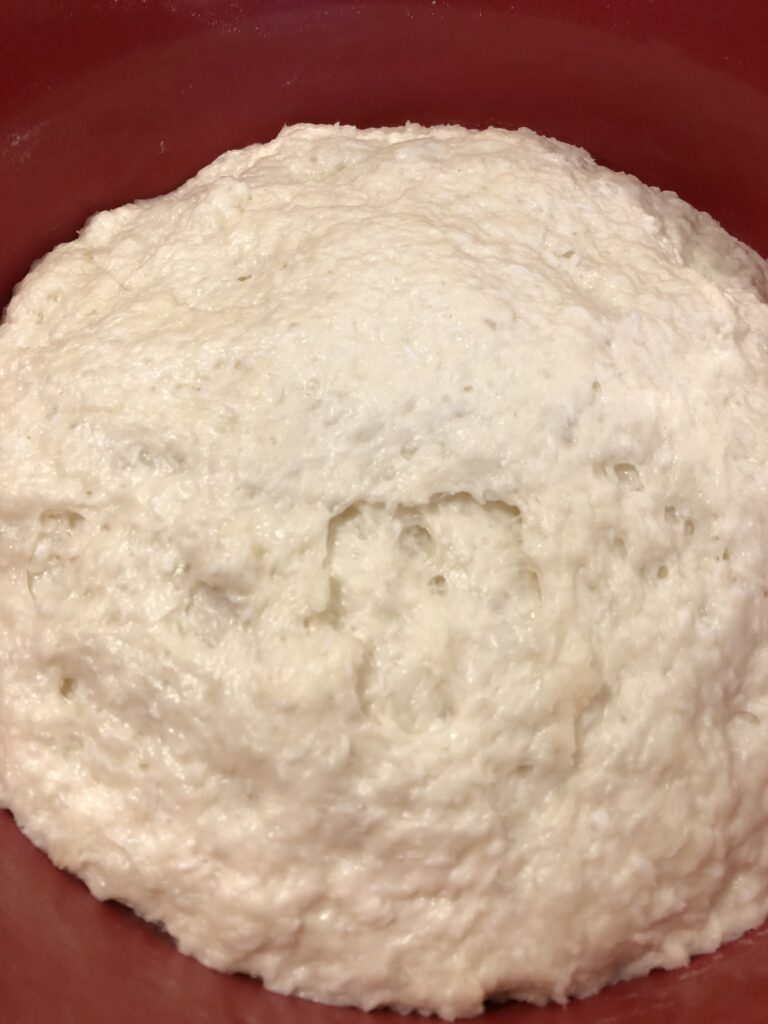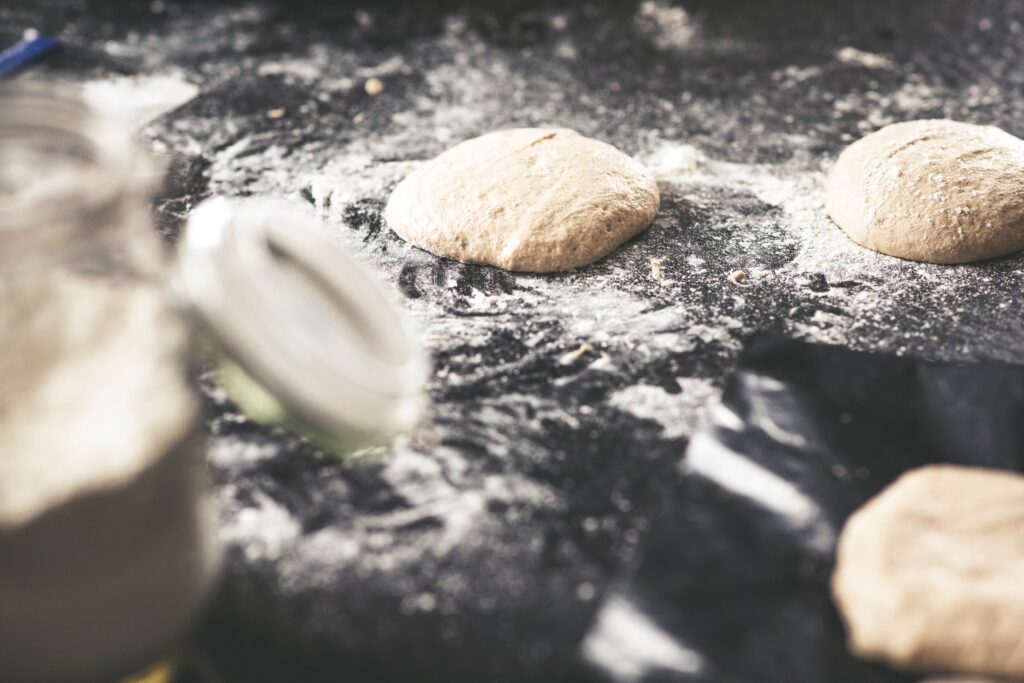
Regardless of the season and temperature out there, you can still raise your dough using this kitchen hack. Until I learned this trick with a dear friend, I had mixed dough-raising results, and sometimes it took hours to get to where I needed the dough to be. And isn’t it true that when the temperature drops, you pull those Fall bread recipes out to make it? Nothing makes me crave my favorite bread recipes more than Fall and Winter. This kitchen hack has worked well for me to get consistent results regardless of the weather.
When preparing a yeast bread recipe, there is an important distinction to be made:
- Proofing yeast is when you mix the yeast and warm water with a pinch of sugar to start the fermentation process
- Proofing the bread dough is when you let it rise before it bakes. Some recipes call for two rising times. This is what this kitchen hack is all about.

Traditionally, we place the bread dough in a greased bowl or baking pan, cover it with plastic film, a plastic shower cap, or a damp kitchen towel and let it sit at room temperature for one hour or longer until the dough puffs up or double its size, depending on what the recipe calls. Proofing at room temperature provides inconsistent results because success depends on a warm and steamy kitchen.
Here’s how you proof bread dough in the oven or microwave without the need to buy a proofing box. Important: do NOT turn on the oven or microwave. My go-to method is to place a large mug of boiling water in the back of the bottom oven rack (or middle rack) or the back of the microwave. Place your dough in the middle or top rack and close the door. If using a microwave, place the dough on the rotating plate – make sure the mug with boiling water is not touching your dough. The dough will be able to rise beautifully in a warm, steamy environment thanks to the heat and humidity created by the boiling water. You can use a thermometer to check the temperature after 30 minutes, and you should get at least 75°F (24°C).
Keep an eye on the dough because your proof bread dough may rise quicker than at room temperature. Usually, I take a picture of the dough before each rise, so I quickly see whether or not it has doubled in size or reached the rise I need for the recipe.

